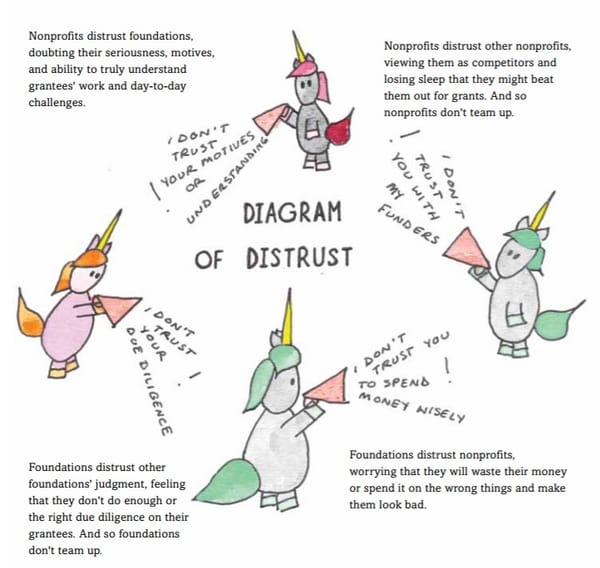Donor Relations
Is there such a thing as too much gratitude? Yes, and it’s been harmful to our work
An executive director colleague told me he received $1,000 from a corporation for his organization’s emergency funds to help people pay for food and rent. Of course, he thanked the representative on the phone and sent a letter. A few days later, he got an email asking whether


